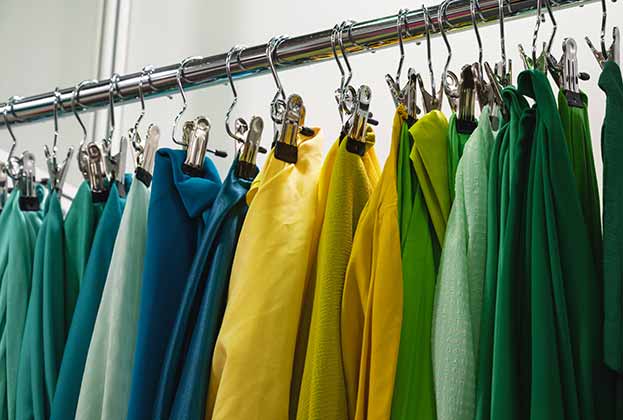Many retail stores have had a tough decade: battered first by consumer shifts to ecommerce, then by lockdowns which pushed further spending online. Coming out of the pandemic, sentiment was that now almost everyone had discovered the ease of online shopping, the death knell had been sounded for bricks and mortar stores and many closures were inevitable.
But almost a year on from the relaxation of most lockdown restrictions in key markets including the US, Europe and the UK, enough time has passed to prove some of these fears were unfounded. Commentators said that naturally there would be a spike in ‘revenge spending’ immediately post-lockdown in many geographies, as consumers hit the shops again to enjoy the novelty of being able to spend in person after many months of being unable to do so. But now some time has passed the longer-term picture has come into focus and it’s clear that consumers still value the in-store shopping experience. Ecommerce penetration growth eased from 29 per cent in 2020 to 5 per cent last year. As a consequence, on luxury high streets across the world rents are 7 per cent above their 2021 levels and in Munich, New York and Milan they are even higher than pre-pandemic.
While there have still been closures, there are signs that those retailers that are remain are largely more resilient than before, with core retail locations in many markets seeing take-up increase and vacancy rates falling. Brands are moving into iconic retail locations and online retailers are also opening physical stores. Some brands have also move onto local high streets, especially near affluent suburbs, to serve people that are working from home once or twice a week.
What do today’s successful retailers tend to have in common? They all have a clear purpose. This ranges from being able to serve a basic human need that’s hard to provide online (i.e. convenience grocery stores offering passing commuters the ability to pick up ingredients needed for tonight’s dinner), to offering an experience, as is the case with some retailers which have made their stores an extension of their brand as places where clients can be treated to a facial and enjoy a cocktail, with the browsing of stock and actual transactions coming almost secondary. Other bricks and mortar retailers have found success by having a clear ESG-based purpose. With sustainability principles – both environmental and social – having been rapidly adopted by more consumers in the last few years, those that sell sustainably-produced products, or are social enterprises where profits are reinvested back into local communities or causes, have also found a role in the shopping centre or street.
Challenges do remain, with performance varying between streets, cities and regions. Where communities are faced with vacant retail spaces, it may be that some stores need to be given over to repurposing, with another use taking up occupation with a stronger offer and reason for people to visit. Mixed-use environments that blend retail with other uses – commercial, residential, hospitality and healthcare – create the context for a more purposeful lifestyle. But the positive progress made in the last 12 months is encouraging enough to warrant a continued reduction in the number of headlines about how bricks and mortar retail is ‘dying’. As more and more shops rediscover or identify their purpose the signs are that things will continue to brighten.

.jpg)



.jpg)




